How Understanding Human Behavioural Patterns Can Redefine Urban Development Approaches In The Era Of Smart Cities
TUD+ MEMBER CONTENTGlobally, cities are now drawing on the likes of big data and trend analysis to solve urban problems both at reactive and preventative levels.
Whilst our cities currently aren’t at a genius level yet, the momentum in which they are getting smarter is building.
Developers, consultants and governments now have a series of data and analysis at their disposal that can be utilised to optimise the movement of people and goods, which forms the premise behind ‘smart cities’.
With advancements in the likes of cloud computing, machine learning and Internet of Things (IOT), much greater opportunities around urban monitorisation and optimization are possible.
By doing so, the people making cities can deliver services more efficiently and use resources effectively towards creating better outcomes for the people utilizing them.
The Urban Developer
recently sat down with Nic Chamberlain, Managing Director of
Neoteny, a behaviour centered experience company that partners with corporates, governments, not-for-profits, and start-ups.
Chamberlain offers an insightful outlook around the notion of human behavioural patterns and how they stand to impact on the future of development.
Why The User Needs To Take Priority In Design Within A Rapidly Changing Technological Age
Urban development, especially in cities of the future, can be split into three primary frameworks.
Technological
, the use of tech interventions to build capability and efficiency.
Institutional
, how institutions and bodies of governance shape and influence the growth of smart cities.
And human, the human inputs that allow a city to thrive through creativity, learning, humanity and knowledge.
These three frameworks will dictate how cities develop and in return be influenced by the data collected and how it’s used.
“Big data and trend analysis are approaches that are beneficial to the growth of cities” says Chamberlain.
He adds that it’s becoming increasingly apparent that whilst efficiency and optimisation through big data serves a purpose in creating cities that are sustainable, it doesn’t necessarily create urban spaces that are more sustainable for human beings (Human Framework).
Within the notion of being a human centred designer, comes a human component that is central to designing and building world-class products, services, systems and built environments.
Chamberlain adds that contrary to this, in an urban development context it is lacking, and we urge developers to move cities towards an effective implementation of the Human Framework.
Without Human Observation It’s Merely Assumption; The Importance Of Understanding The Human Quality Behind Quantitative Data
There is an overwhelming responsibility for city officials, developers and consultants to ensure urban spaces meet the needs of city dwellers (both existing and future generations).
We are already starting to see more developers partake in socially conscious processes that guide better briefs and therefore create more usable and engaging final products.
However according to Chamberlain, whilst this is a highly positive move there are additional steps that need to be followed to ensure these observations are not just assumptions.
“If we don't have a deep understanding of the needs and behaviours of the people that will move through urban spaces, and flexibility to adapt to their evolving needs, there is a danger that development will not meet, let alone exceed basic human expectations.
The extent of this loss could result in humans not interacting with each or the loss of cultural identity.” he says.
Below are three exemplars that illustrate the art of human observation and why it’s so crucial to getting it right, as the greater implications are huge.
A Neighbourhood Context: The Activist Who Put People At The Forefront Of Design
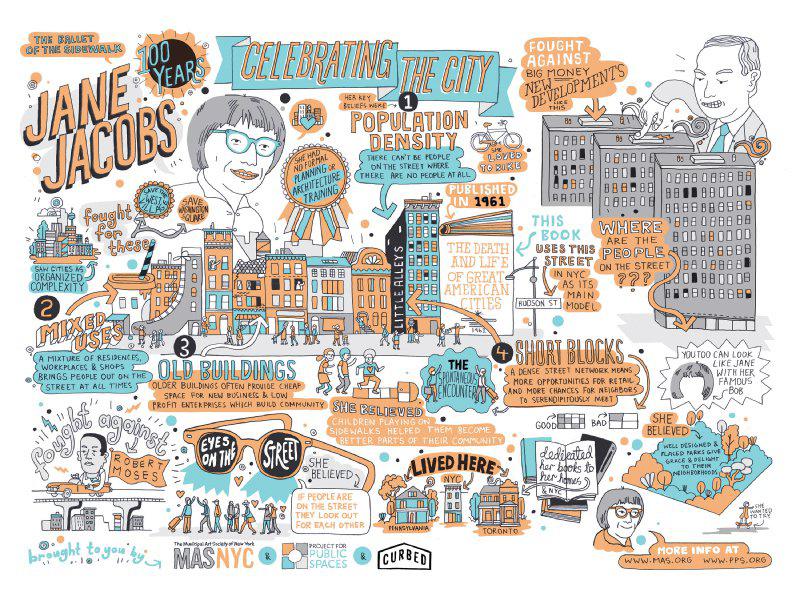
Photo Courtesy of - http://www.curbed.com
Jane Jacobs, an urban activist and place-maker in 1950’s New York was seen as one of the first activists for the ‘human’ element of a city.
According to Chamberlain, key to her work, were her observations of actual people interacting on sidewalks and the community created around these interactions.
Her contemporaries, including prolific urban planner Robert Moses, advocated for more efficient superhighway routes throughout the city, Jacobs recognised the importance of what she termed as the ‘sidewalk ballet’, or the small interactions and ownership of a neighborhood by its people.
Jacobs placed humans at the centre of design and rallied intensively to ensure planning created better connections between cities and people.
“City planners are always saying you can’t make an omelet without breaking eggs. But they are talking about people, not eggs! If planning helps people, they ought to be better off as a result, not worse off.” said Jacobs.
Her work resulted in the preservation of NYC neighborhoods, loved today, most prominently the communities of Soho and Little Italy.
A City Context: The Result Of Developments Not Reflecting Humans

Photo Courtesy Of- http://www.chinaafricarealstory.com
When urban developments don’t reflect humans, the impact is immense - often resulting in low quality of living and high crime rates.
Kilamba New City in Angola, commissioned in 2008, remained empty after the official opening, labelled ghost towns for their lack of community conception and ownership.
See Related Article: Why Utopian Urban Developments Never Work
A National Context: How A Country Combated A Crisis Using People Power
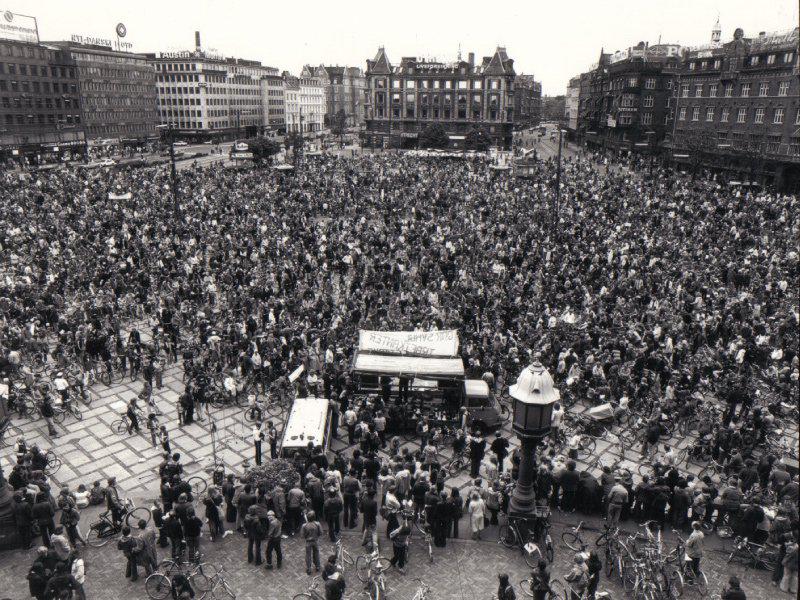
Photo Courtesy Of- http://www.cycling-embassy.dk
Whilst Angola is a negative example of reflecting human behavior in planning, Denmark is a positive illustration of listening to people, understanding them and adapting.
The Danish energy crises of the 1970’s, caused by the oil embargo, led residents to advocate for cycle infrastructure.
“They made the conscious decision to fight for bicycle infrastructure and over the next 30 years led the world in bike mobility. Copenhagen is lauded today as the world’s first ‘bike city’.” says Chamberlain.
Make Big Data Human; Using Big Data To Bring People Together And Solve Social Problems
The use of big data remains in urban development the world over. Everyday, smart sensors in our cities generate petabytes (1,000,000 gigabytes) of data that inform how our utilities and infrastructure work, and we seek to better our every asset and mechanism from an efficiency standpoint.
Chamberlain asks, what if we started using that data to inform development that serves the Human Framework in urban spaces?
For example the amount of useful and meaningful interactions people could have in a certain space. What if our public spaces were designed for people to come together and learn from each other, or create together?
Below are three different ideations of using big data in cities to better connect people and bring communities closer.
Big Data That Brings People Closer To Shape A City’s Identity

Photo Courtesy of- http://www.melddesignandproduction.com.au
There is a keen interest in cultural activities as a way to promote cities, for instance Sydney where the likes of The Festival of Dangerous Ideas (FODI) and Vivid bring people together.
“Why can’t these practices be successfully integrated as permanent fixtures into the urban landscape?” asks Chamberlain.
A City Using Big Data To Understand A City's Social Potential
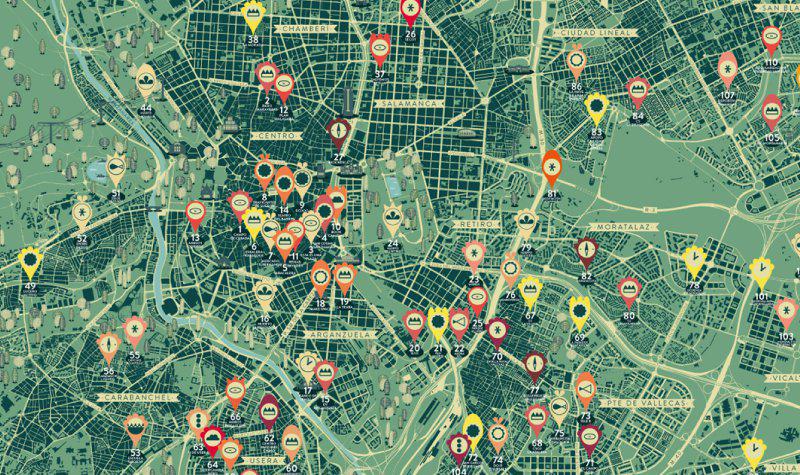
Madrid, an old city with cutting edge ‘smart’ technology has revolted against the use of big data for efficiency, instead focusing on the social problems that it can solve.
For example the social cohesion project, Los Madriles, gathered data from across neighbourhoods in Madrid, aggregating it into an Atlas of Neighbourhood Initiatives.
In particular it would address topics such as culture of proximity, culture in the urban context, or social processes and the role of culture.
It was also a way of better understanding how to implement actions such as, urban regeneration of the periphery, activation and citizen transformation of public space, improvement of urban landscape and the promotion of sustainable urban mobility, etc.
“This was used as a guide to the city, that connected citizens to causes they cared about in the social, cultural and political spheres, and eventually influenced the 2015 city elections, in which left-wing Podemos party won the majority.” says Chamberlain.
Using Big Data To Maximise Dead Spaces In Cities
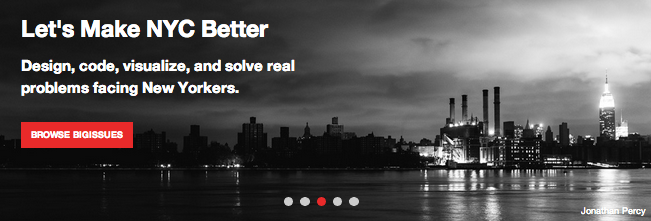
New York BigApps (NYBA),is an annual competition sponsored by New York City Economic Development Corporation.
One example from NYBA is ‘Living Lots NYC’ by 596 Acres: An online resource that aggregates city data regarding vacant lots in NYC, allowing residents to build community gardens and meeting spots.
According to the NYBA site, “596 Acres builds tools to help neighbors see vacant lots as opportunities and create needed green spaces that become focal points for community organizing and civic engagement.”
Cities As Serendipity Engines; Maintaining The Organic Beauty Of City Experiences
There is an increasing focus on infrastructural efficiency, especially in the digital navigation space (Google Maps).
“What if instead, we celebrated and designed intentionally for the multitude of serendipitous opportunities that cities present, so people can get lost, explore and interact with each other, different cultures, characters and environments in the urban landscapes they find themselves.
How can we facilitate this in both the virtual and physical design of urban spaces?” says Chamberlain.
Noting back to the work of Jane Jacobs who once stated that cities have the capability of providing something for everybody, only because, and only when, they are created by everybody.
Through the feat of striving to reach technological perfection there is a chance cities could become too prescriptive and lose their serendipitous value. However if done correctly there is the possibility for highly technological cities that account for everybody.
Below are two instances of initiatives that brings people and new experiences together organically.
Technology That Takes You On A Journey As Opposed To Limiting You To One
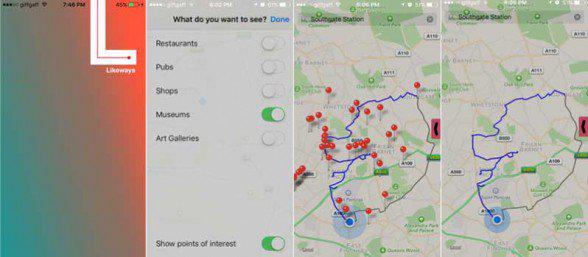
‘Likeways’ - is an app that allows its user to become an urban wanderer, taking them past coffee shops, parks and hidden alleyways, to discover new aspects of a city.
See Related Link- This Mapping App Is Designed for Urban Wanderers
Creating Opportunities For Big Ideas To Be Fostered And Grown

In a physical sense the rise of coworking initiatives and meetup groups now have a defined space in the world's major cities and have become an industry.
“This is becoming more pertinent as the wireless workforce of ‘digital nomads’ come to the fore, officeless and ready to inhabit any urban space.” says Chamberlain.
The Responsibility Now Lies In Our Hands To Achieve Synergy Between Smart Cities And The People Who Use Them
According to Chamberlain there are three key points to take away from the factors outlined above.
Urban developers have a responsibility to both current and future generations to ensure spaces and built environments meet true human needs. The impact is too great not to, it's no longer optional.
Cities are defined by the people that live and work there - that's what fosters culture and 'great' cities, not the infrastructure or technology framework. We must ensure that urban spaces remain people focused, otherwise cultural identity will diminish.
Truly understanding humans in urban development isn't new, Jane Jacobs helped make pockets of NYC what they are today - let's build on her work for cities across Australia and the world and create spaces and environments that flourish for generations. That's a world I want to live in.

Nic Chamberlain
- Managing Director and Partner in global Experience design company Neoteny Service Design, helping Corporates, Governments, not-for-profits and start-ups solve complex problems to transform their business.













